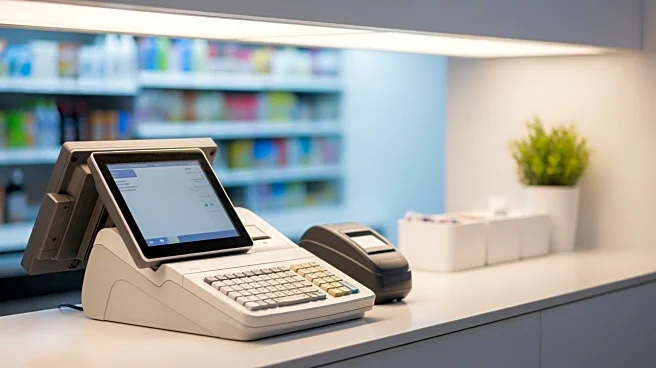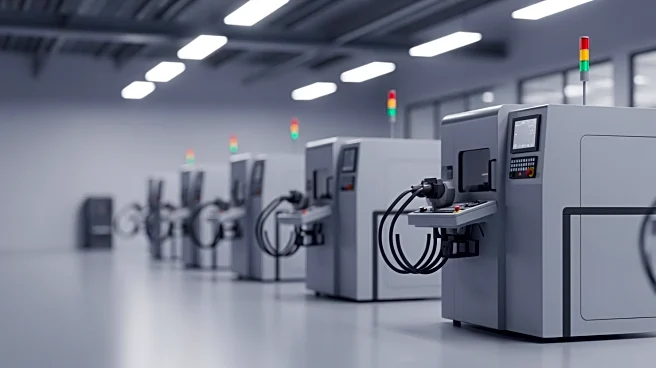What's Happening?
Convenience stores are facing increasing pressures from rising energy costs, changing consumer behaviors, and regulatory challenges. Traditionally, these stores have owned their equipment outright, but this model is becoming less viable. The Equipment-as-a-Service
(EaaS) model offers a solution by allowing stores to pay a monthly fee for equipment use, including maintenance and upgrades. This approach helps manage cash flow and reduces the burden of upfront costs, enabling stores to adopt energy-efficient systems without significant capital investment. The EaaS model also supports compliance with regulations and enhances operational resilience.
Why It's Important?
The shift to an EaaS model is significant for convenience stores as it addresses several critical challenges. By reducing upfront costs and providing predictable expenses, stores can better manage their finances and invest in other areas of their business. The model also facilitates the adoption of newer, more efficient technologies, which can lead to substantial energy savings. Additionally, it helps stores comply with environmental regulations, supporting sustainability goals. This approach can enhance the agility and resilience of convenience stores, allowing them to better adapt to market changes and consumer demands.
What's Next?
As more convenience stores consider the EaaS model, there may be increased collaboration with equipment suppliers to tailor solutions that meet specific needs. This could lead to innovations in equipment design and service offerings. Stores may also explore partnerships to leverage data insights for improved operational efficiency. The adoption of EaaS could drive broader changes in the retail sector, encouraging other segments to reconsider traditional ownership models in favor of more flexible and sustainable approaches.
Beyond the Headlines
The transition to EaaS reflects a broader trend towards service-based models in various industries. This shift has implications for how businesses manage assets and resources, potentially leading to more sustainable practices. The model also raises questions about the long-term impact on employment and skills development, as the focus shifts from ownership to service management. As convenience stores embrace this change, they may influence other sectors to adopt similar strategies, promoting innovation and sustainability across the retail landscape.













